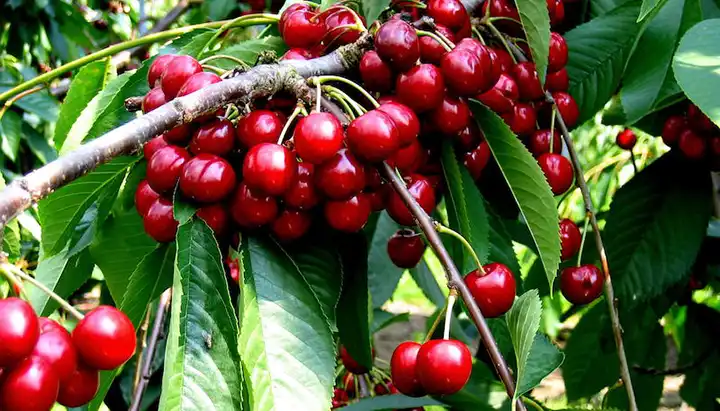How to Grow Abundant Peppers at Home: A Simple Method

Are you a fan of fresh, homegrown vegetables and eager to nurture your green thumb? Cultivating peppers in your garden or even on your balcony is an accessible and rewarding way to enjoy the fruits of your labor. In this article, we will explore a straightforward method for growing peppers at home, ensuring a bountiful harvest. You don’t need a vast garden or years of gardening experience; all it takes is enthusiasm and a few essential tips.
Materials and Ingredients
Before diving into the step-by-step process, let’s gather the necessary materials and ingredients:
- Pepper Seeds: You can choose from various pepper varieties like bell peppers, chili peppers, or sweet peppers, depending on your preference.
- Potting Soil: High-quality potting soil ensures your pepper plants receive the necessary nutrients.
- A Pot or Container: Use a suitable pot or container with drainage holes to prevent waterlogging.
- Complex B: Complex B, a readily available vitamin complex, aids in the initial development of the pepper plants and provides essential nutrients.
- Plastic Film or a Transparent Plastic Bag: These materials create a greenhouse effect and accelerate plant growth.
- Natural Fertilizers: Items like banana peels and onion peels can be used to promote flowering and fruit production.
The Step-by-Step Method
- Seed Selection: Choose healthy pepper seeds for planting. You can find these in local stores or online.
- Pot Preparation: Fill your pot or container with high-quality potting soil. Ensure it has drainage holes to prevent water stagnation, which can harm the plants.
- Planting the Seeds: Plant the pepper seeds in the pot, ensuring they are adequately spaced apart. Cover them with a light layer of soil.
- Complex B Application: Complex B is your secret ingredient. Apply a small amount near the seeds to provide essential vitamins and nutrients to your pepper plants.
- Greenhouse Effect: To accelerate growth, cover the pot with plastic film or a transparent plastic bag. This creates a greenhouse effect, trapping warmth and moisture.
- Watering: Keep the soil consistently moist but not waterlogged. Pepper plants require adequate water for healthy growth.
- Sunlight: Place your pot in a location where it can receive plenty of sunlight. Pepper plants thrive in full sun, so make sure they get at least 6-8 hours of direct sunlight each day.
- Natural Fertilizers: After your pepper plants start to grow, you can use natural fertilizers like banana peels and onion peels to encourage flowering and fruit production. Simply place these materials in the soil around the plants.
- Regular Maintenance: Monitor your plants for any signs of pests or diseases and take appropriate action to protect them.
- Harvest: In just a few weeks, you’ll start seeing pepper plants bearing fruit. Once the peppers reach the desired size and color, you can harvest them and enjoy your homegrown produce.
Conclusion
Growing peppers at home can be a rewarding and satisfying experience. This simple method provides an effective way to cultivate peppers, whether you have a spacious garden or a small balcony. With the right materials and care, you can enjoy a bountiful harvest of fresh, homegrown peppers that are free from harmful pesticides and chemicals. So, roll up your sleeves, follow these steps, and relish the joy of growing your very own peppers. Happy gardening!



















